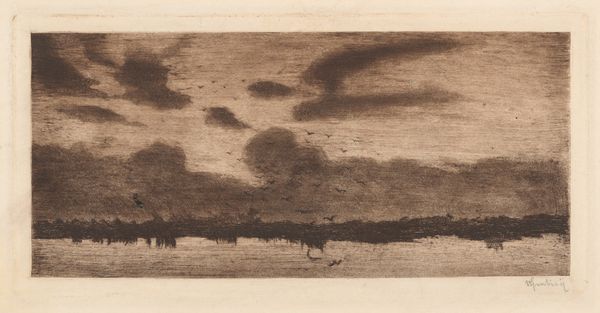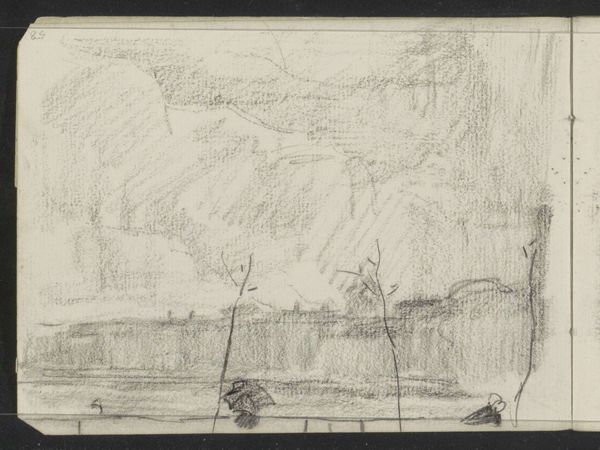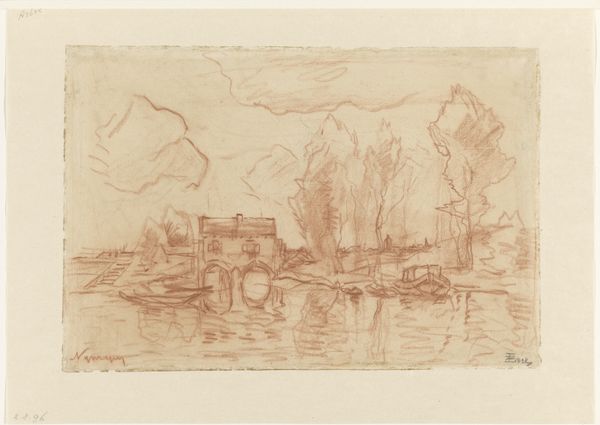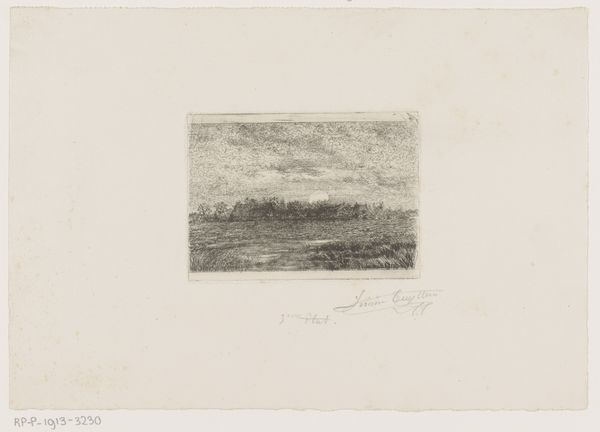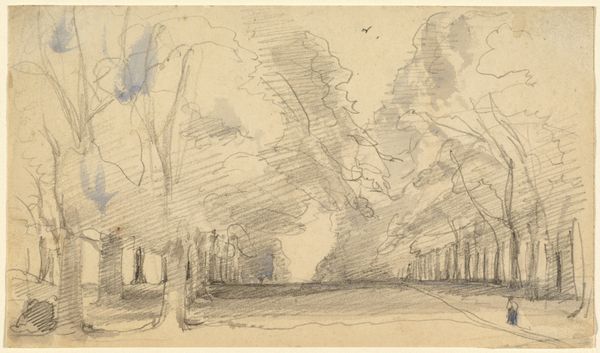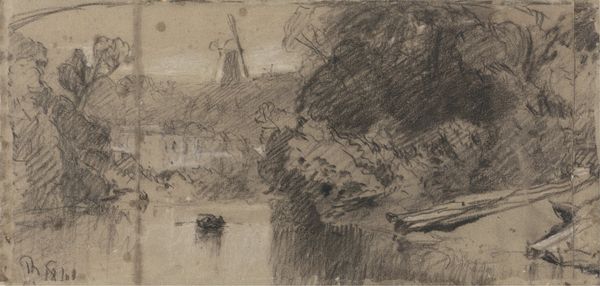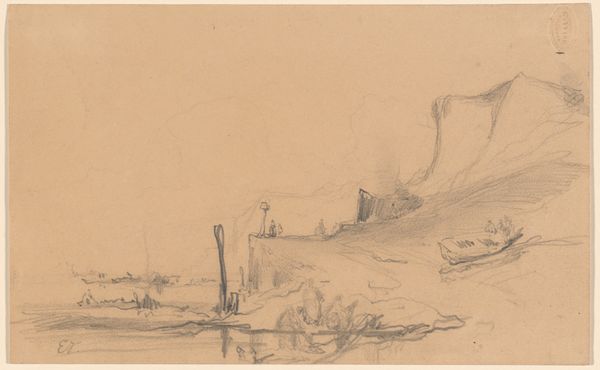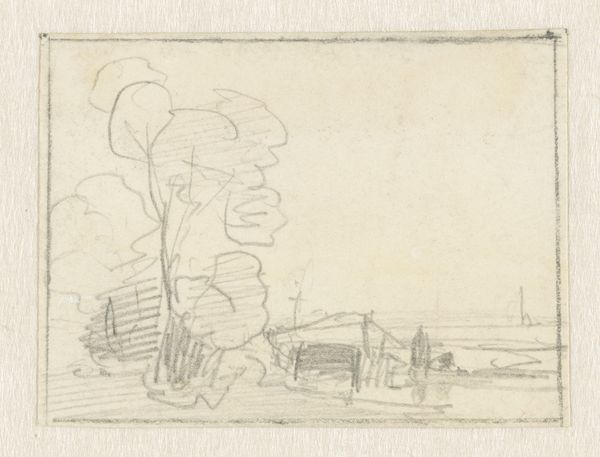
plein-air, watercolor
#
water colours
#
impressionism
#
plein-air
#
landscape
#
watercolor
#
abstraction
#
cityscape
#
watercolor
Copyright: National Gallery of Art: CC0 1.0
John Marin created "White Lake, New York" using watercolor, a medium that allowed for the capture of transient light and atmosphere. Marin, working in the early 20th century, navigated a world undergoing rapid industrialization and social change. His art often reflects a tension between the allure of nature and the encroachment of modern life. In "White Lake, New York," the delicate washes of color evoke a sense of tranquility, yet the fragmented forms hint at a world in flux. Marin himself said, "The whole city is alive; buildings, people, all are alive; and the more they move me the more I feel them to be alive." This quote encapsulates his approach to landscape not as a static scene, but as a dynamic entity imbued with energy. The subtle hues and broken brushstrokes may invite us to reflect on the intersection of personal experience and collective memory embedded in landscapes. The painting exists as both a representation of a place and a record of an emotional encounter, illustrating the complex relationship between identity, place, and representation.
Comments
No comments
Be the first to comment and join the conversation on the ultimate creative platform.


